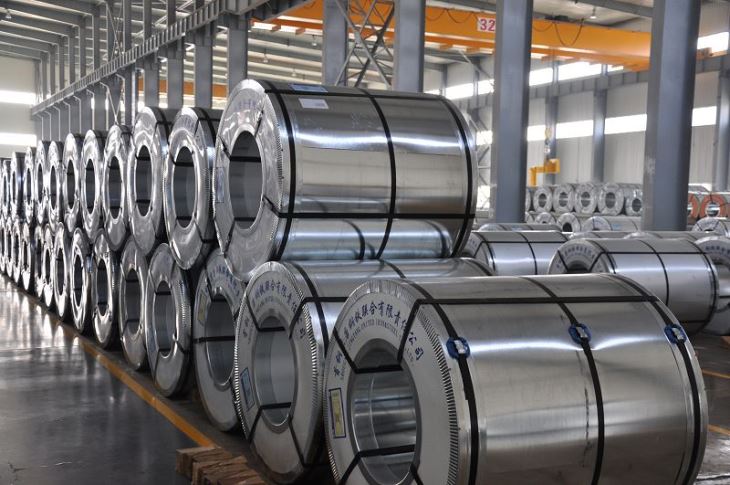The supply of hot-dip galvanized steel in Europe is at critical levels with many mills severely delayed on orders or simply unable to offer. As producers prioritize demand from the automotive sector, other players without the assurance of contracts have been caught short and unable to accommodate the needs of their customers.
With back-to-back buying for some the only viable option to stay afloat, the market has looked to import for additional support, sources told S&P Global Platts.
Since the start of the first quarter, North European hot-dipped galvanized prices have risen Eur440/mt and in the South, prices have increased by Eur640/mt.
The shortage of semiconductors and chips has also influenced the supply chain, causing further delays from mills, sources have said. With no tangible material to back up such exorbitant increases, sources have said price increases initiated by market-leading mill ArcelorMittal are purely theoretical, so long as the steel giant does not offer HDG material.
The supply shortage in Europe has been a central fixture in the market for most of 2020-2021, mostly a product of stoppages due to the first and second lockdowns across the continent which coincided with a gradual slowdown in automotive production, as well as maintenance and weather delays. On top of this, mills are striving to keep prices buoyant after years of less than desirable margins, with a slow post-lockdown ramp-up fueling the supply tightness.
Mills including Voestalpine were set to be out of the market for the remainder of this year, according to a company source, with some mills now heard to be offering for 2021. As a result, European sellers are uncertain of workable prices, and the availability from imports is very sporadic.
One Benelux service center source said domestic mills were in no hurry to offer for this reason, with lead times from imports at October-December and foreign sellers more likely to sell anywhere else other than Europe.
“Non-European mills are taking their time to check the prices in the EU. They will send priority to the highest bidder, and the US market is positioned a bit higher than in Europe,” the source said. “We don’t see interesting import offers for HRC, and HDG offers are much more difficult to find. There are small deals of HDG, and EU mills don’t offer prompt deliveries. Import offers are not available for HDG.”
A Benelux-based trader cited an import deal at Eur1230/mt CFR Antwerp, with demand from his customers mostly geared toward inquiring about availability of HDG and CRC material.
Following the removal of the tax rebate on steel exports in China, a second Benelux-based service center source said China was now minimizing exports of HDG and CRC, and this was having an adverse effect on neighboring market prices.
“If we have less export from China, it’ll be a chain effect, Indian producers are already increasing their prices to the EU,” the source said.
According to data from the European Commission, India’s quota balance is still plentiful at 79% remaining, or 160,922 mt left of its 204,712 mt total May 12. China’s allocation was still relatively available standing at 83,151 mt, or 54% of its quota balance left.
The data also showed the “non-country specific” quota now stands at 91,437 mt, or 73% left.
In Q4, named countries that have exhausted their own allocations are permitted to utilize the “non-country specific” available balance.
For material falling under category 4a – material mostly used for non-automotive applications – the “non-country specific” quota balance currently sat at 548,902 mt, or 77% still available for import.
South Korea’s quota allowance for category 4a was on its way down, standing at 4,712 mt or 14% still available for import as of May 12, with India at a very critical 4,230 mt, or 7% allowance remaining. The UK’s balance, meanwhile, was still mostly untouched, with 78% of their 4a allocation left.
Over the last several weeks, sources have noted a gradual softening in demand from the automotive sector, likely attributable to a slowdown in their restocking efforts.
“I am concerned about the automotive demand,” the same service center source said. “I don’t see too many people in Belgium rushing to buy cars, most people hesitate whether to buy petrol or electric vehicles, and the sales don’t reflect the demand. [The demand] is contradictory; if they slowed down their forecast I wouldn’t be surprised.”
— Amanda Flint






